IR reflective and Thermal films?
What are they and why does it matter to you?
For sure each film will ID you to protect against friendly accidents. But grasping how they ID is important to assure a safe, successful, operation.
Each film is invisible infrared
IR reflective and Thermal films are part of the Electromagnetic Spectrum: Near, Mid and Far Infrared. These infrared energies are invisible to the human eye. To view them, you need a high tech camera, most often called a NVG, NOD, FLIR, or Thermal device.
While technically thermal is part of the infrared spectrum, our common definition for IFF protection distinguishes infrared from thermal. IR reflective or Infrared is from the “Near” side of the spectrum. Thermal is from the “Mid and Long” side of the spectrum. For more clarity: a basket of 3 different apples is called a basket of apples but each apple has a different flavor and appearance, yet they are all apples. The same holds true here… all films are infrared but have a different appearance and function.
Below are 4 key differences to consider when choosing your IFF (friend or foe) protection.
1. Different cameras detect IR and Thermal films
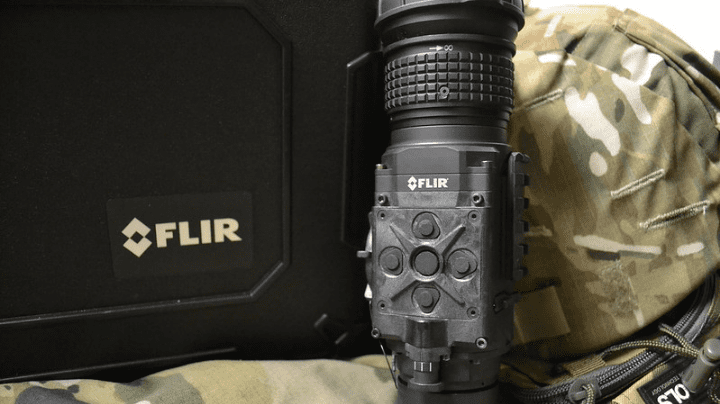
Thermal film is detected by a Thermal Imaging Device or Forward Looking Infrared (FLIR).
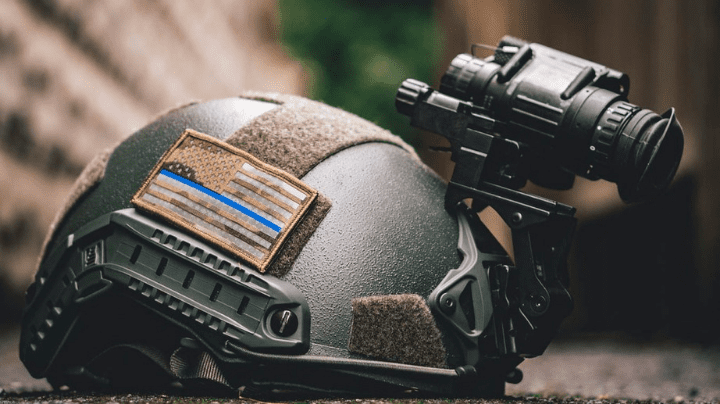
IR reflective commonly called “Infrared” is detected by Night Vision device. Most popular is the NVG.
2. Inside or Outside?
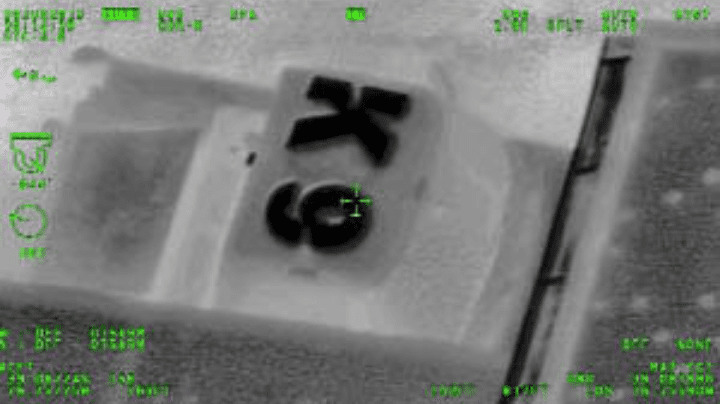
Thermal film is most effective when used outside. It works best when the film looks towards a clear sky. Detection 24/7.
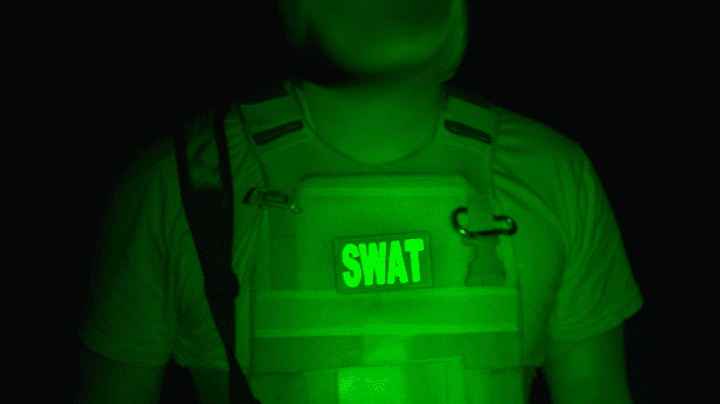
Infrared film is effective inside or outside. But it is hard to see in well lit areas. The darker the better for your IR glow to stand out.
3. How your eye views the infrared signature
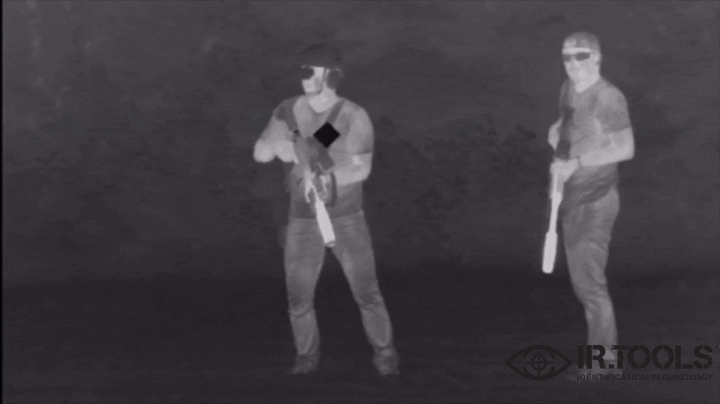
Thermal film projects a black and white contrast to stand out from its surroundings.
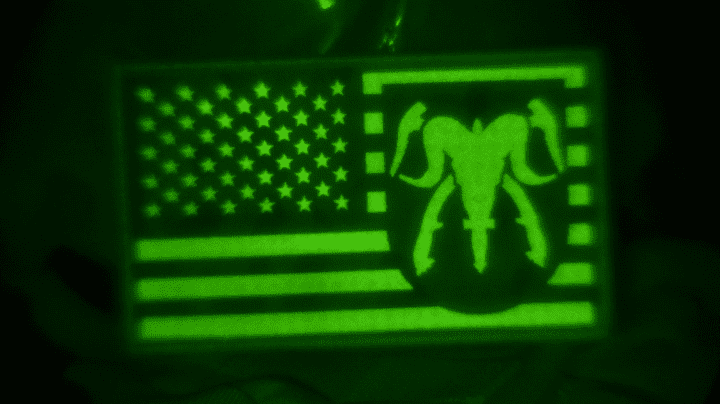
Infrared film has a luminescent glow. The glow detects who is who and where they are.
4. Environmental Factors
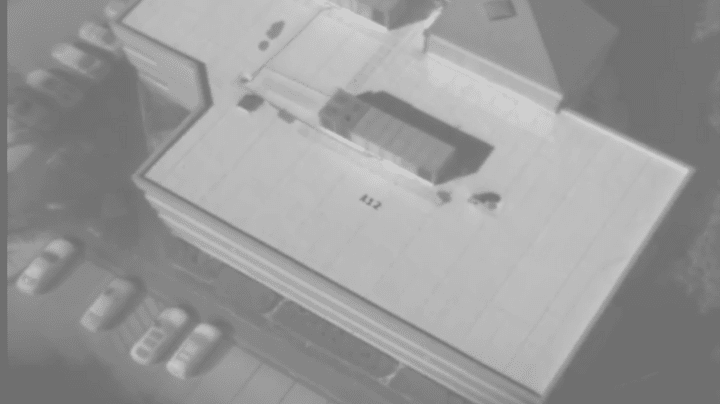
Thermal film is detected through smoke, fog and sandstorms. Water will temporarily disable film but will not damage it.

Infrared film while versatile under most conditions, does lose reflection or glow in rain, smoke, fog.
Yes, Thermal and IR reflective films are from the same basket of apples!
But their distinct differences and functions are important to understand in order to choose the correct “infrared” for your purpose. It matters to your safety and operation completion.
And ultimately your family reunion.
Don’t hesitate to contact me (Tom), I will help you uncover which film is best for you.
Stay safe!

Since 2006, Tom has been the driving force behind IR.Tools, dedicated to delivering top-notch infrared solutions to the military, law enforcement, and sportsmen communities.
What began with a single infrared patch has blossomed into a comprehensive store featuring hundreds of IFF patches, vehicle IFF, an extensive suite of thermal training targets, and tools for drone pilots.
Beyond his innovative products, Tom is passionate about educating users on infrared technology and showcasing how advancements in IR can enhance their operations.
Tom holds an MS in Mechanical Engineering from the University of Maryland and an MBA from Regents University.

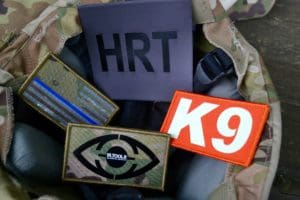
I was in the military and we utilized glow in the dark patches on equipment and uniforms. I’m a firefighter now and it dawned on me we don’t use any glow patches. We have reflective tape on our helmets/bunker gear for visibility with vehicles white light.
We use thermal image cameras. I was wondering do you have patches that glow in the dark AND
IR patches that work with FLIR TIC devices.
Thanks and hope to hear a reply.
Warren
We do have some FLIR products that may help. Let’s discuss your application and we can see how we can help.